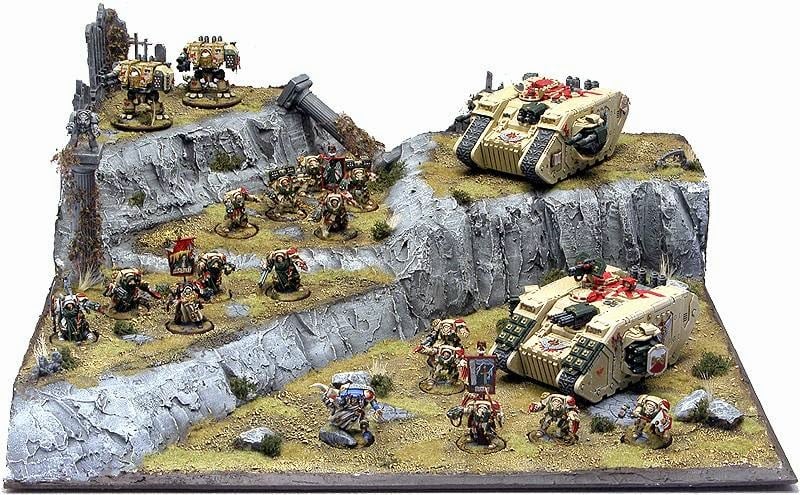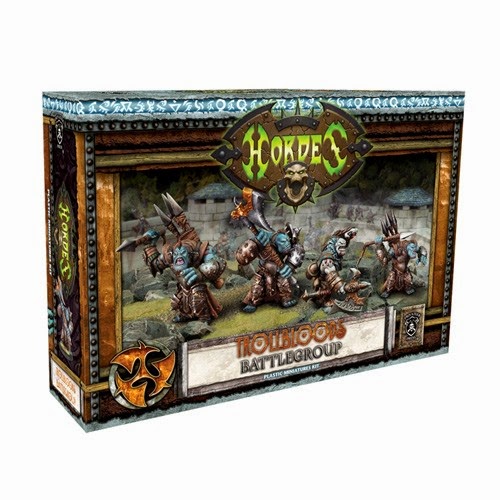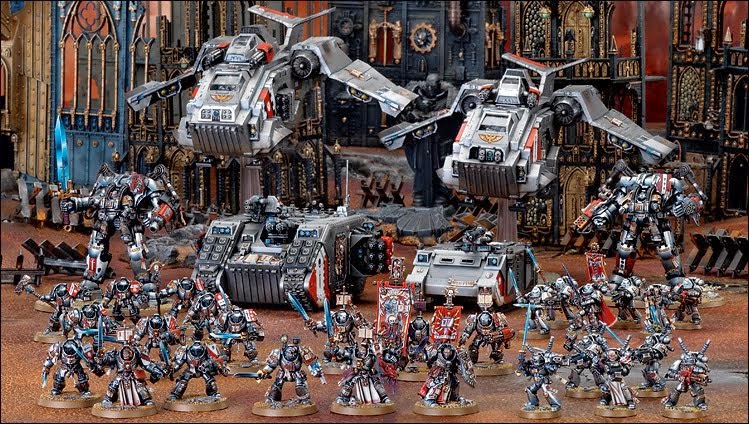WHERE DO I START? – A Beginners Guide Part 2

3. How to pick an army.
4. How to keep it fun and fresh.
5. When to look at another game.
6. Other gaming ideas.
So lets get started with topic #2. How to pick a game!
1. Pre-packaged/self-contained games
2. Small-skirmish games
3. Large-scale games
1. Pre-packaged/self-contained games
This category includes the likes of Super Dungeon Explore, Myth, Zombicide, etc. They are the beautiful babies born from the love triangle between paper and pencil gaming, board gaming, and miniature gaming.
Pro’s
All inclusive – the game box has everything you need to play the game. Miniatures, rules, game board, counters, etc.
Low cost of entry – most of these games are around $60 USD. This is amazingly cheap for what you get in the box.
Limited time commitment – roughly an hour or so to play a game.
Multi-player – usually geared for 2+ players
Con’s
Limited replay value – many of these games are the same, or very similar, over and over again. The story doesn’t change because it is a box game. The rooms might change, or the series of events might change, but there are a limited series of events.
Expansions – boxed games come as a base set and then you have to wait for expansions, and buy them, in order to add to the game.
2. Small-skirmish games
Small-skirmish games are usually played on a 4′ by 4′ surface with user supplied terrain. They use a smaller number of miniatures to play out a battle between the two players. Games like Malifaux, Hordes, Warmachines, and Kill Teams fall into this category.
Skirmish games provide the next level of gaming. They do not have a board you play on, instead you play on a 4′ by 4′ table. The terrain on the table can be anything from books, candles (unlit is my suggestion), or cats if you can get them to lay still. These games do require you to buy a rulebook, a separate army book and your army. The prices will vary depending on which game and the army you select. You can get most starter boxes + rules + army book, for $100-$150.
Pro’s
Choice – there are a ton of games in this category. From western, space, naval, and steam punk. What ever your taste you can find a game to suit your fancy.
Story lines – these games have a large amount of background stories. The stories allow you to customize your armies look and feel to fit within the stories, or just smash the faces of your opponents.
Con’s
Painting required – moving up to skirmish wars means your minis will come unpainted. To play in many events you will need to paint to a minimum standard in order to play.
Additional items required – you will also need dice, a measuring tape, potentially pen and paper, etc.
3. Large-scale games
Large-scale games are the top of the mountain for tabletop gaming. Involving large armies flying and marching across the table to destroy their opponent. These games can take from two to four hours to complete. The background for these games is deep and allows the player to customize their armies based on a history as detailed as the world we live in.
Pro’s
Tons of play opportunity – almost every game shop across the country hosts games for these gaming systems.
Deep story lines – by far the most immersive story telling for games is in this category. You will find “fluff” in the rulebooks, the army books and novels.
Con’s
Cost – getting into these games is not a cheap date. You are looking at over $300+ for an army, another $125 in rule books, and then $50 in accessories.
Storage – with all the books, paints, templates and models, you have to have somewhere to keep it all. You will need storage bags and room in your house to keep everything safe.
Large time commitment – with building, painting, learning and playing you are talking about several hours of time to get into large battle games.
No matter what you choose to play, make sure you are having fun!
Follow my hobby life at http://facebook.com/k9monkeyminis








